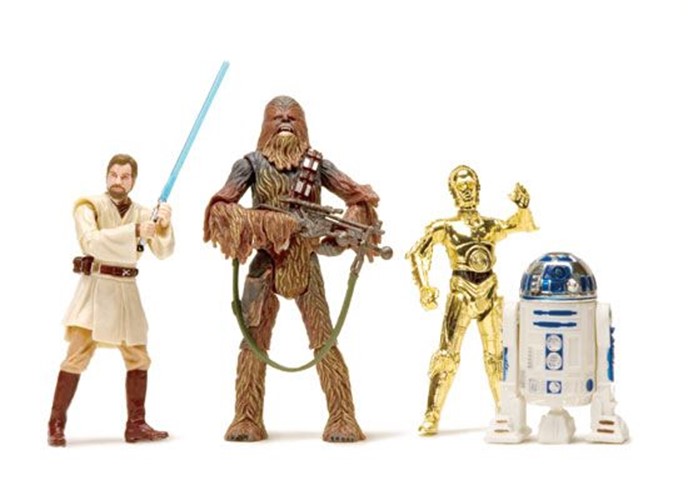The Economics Of Star Wars Toys
August 4, 2015 in Daily Bulletin

James Whitbrook took a look at the history of Star Wars merchandising:
- Due to pre-reviews nobody expected Star Wars to do particularly well which is why George Lucas was able to negotiate a contract that allowed him to get revenues from merchandising, a move that would make him immensely rich.
- However it was difficult to get anybody to make merchandising in the first place. Several major toy companies passed on the movie until one finally agreed.
- The movie’s success was unprecedented. So much so that despite coming out in May, the company making the toys couldn’t supply enough for the all-important Christmas period.
- So the company began to literally sell empty boxes. The boxes showed pictures of the figurines on the outside, and kids were encouraged to mail in a coupon that let them get the real toys months later.
- For the prequels the maker of the toys was Hasbro and they found a new way to generate both revenues and to drum up interest in the film: action figures of Samuel L. Jackson as Mace Windu and a Battle Droid speeder were the first look fans got at the characters.
- For the second prequel movie, episode 2, Hasbro experimented with releasing toys at midnight, which got fans to line up in costume hours in advance in order to be the first to get the toys.
Read about the struggle to balance between the demands of children and collectors, the controversial Boba Fett action figure, and what toymakers have planned for the next set of films, as well as other details, over here.
Source: io9
Join the Discussion! (No Signup Required)